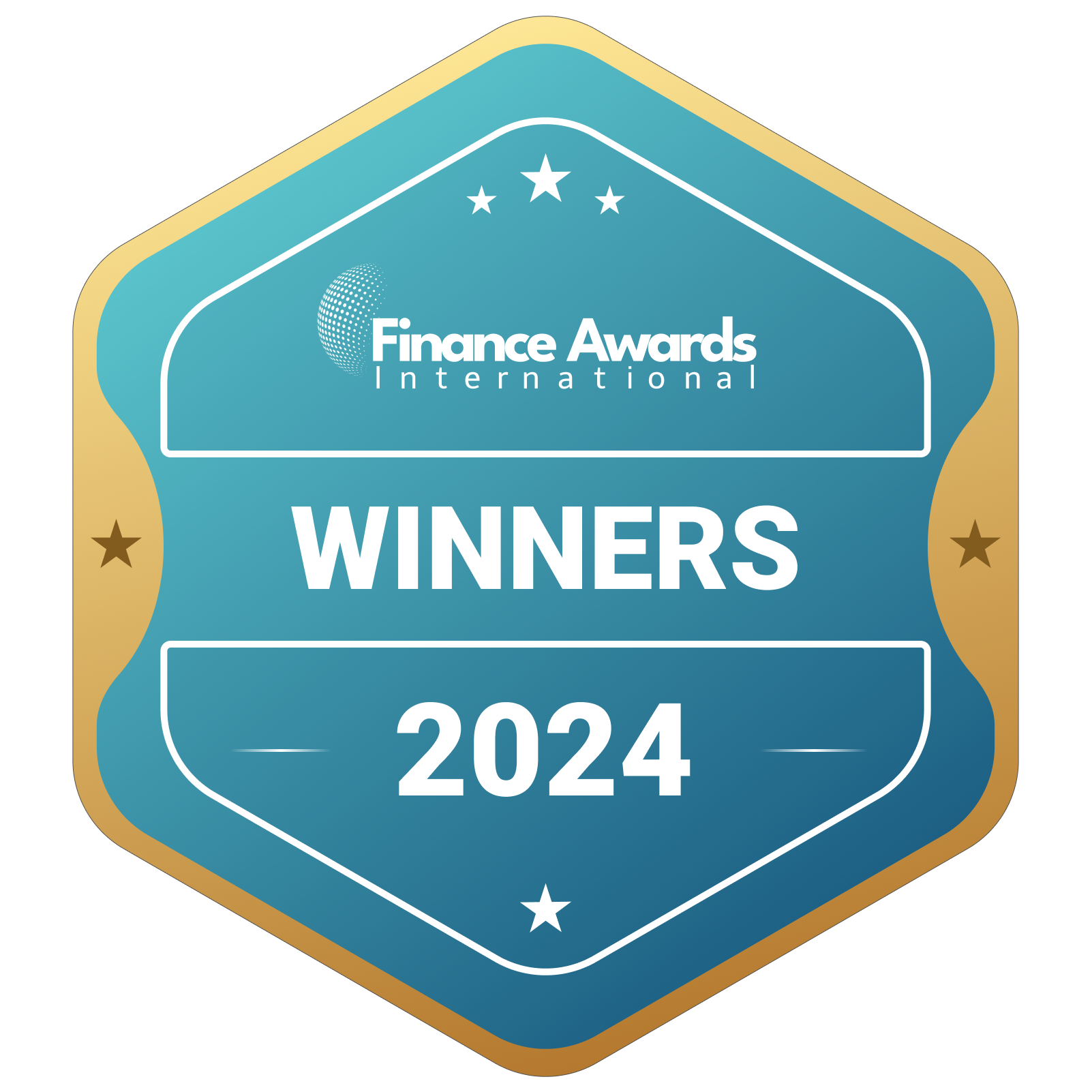Digital payments have revolutionized the way consumers and businesses transact globally. By facilitating secure electronic money transfers online, through apps and text messages, digital payments systems have streamlined financial exchanges. Their widespread adoption has also enabled innovations in financial services through Fintech companies.
Whether through partnerships with banks and payment processors or proprietary technology, fintech firms leverage digital payments infrastructure to deliver tailored financial products and services. This has fueled changes across industries from lending and investing to remittances and ecommerce. Understanding how digital payments enable key fintech applications provides insight into continued growth areas and new opportunities emerging.
Mobile Payment Apps and P2P Transfers
A significant early application was person-to-person (P2P) money transfers through specialized apps. Services like PayPal, Venmo, Zelle, and Cash App allow consumers to send funds to others digitally often with just a phone number or email address. Offering a simple, seamless user experience for splitting bills, paying friends back, and more, these apps have seen tremendous success.
From their foundation, fintech companies have further expanded P2P functionality. Apps now facilitate money requests, scheduled/automatic transfers, and linking to bank accounts or cards. Additional offerings include in-app interest earnings programs, digital debit cards, and launching partnership schemes for merchants. Beyond individual payments, businesses leverage these platforms as cost-effective customer payout or contractor remittance solutions too.
Peer-to-peer lending and marketplace platforms also integrate with digital payment tools for loan repayment collection. Automation streamlines the entire lending process from application through funding and servicing. Borrowers seamlessly schedule remittances electronically from their accounts, minimizing missed payments. Lenders benefit from repayment assurances and instant loan disbursement. Digital connectivity boosts marketplace liquidity by facilitating faster, cheaper transactions for all parties.
Buy Now Pay Later Financing

A hot area emerging is buy now pay later (BNPL) point-of-sale consumer lending powered by digital payment networks. With BNPL services from businesses like Affirm, Afterpay, and Klarna, shoppers can split online/in-store purchases into installments with no interest. Retailers see sales uplift by catering to new segments.
These platforms authenticate users and process repayments efficiently through major networks like Visa Direct, ACH, and card schemes. Repayments occur automatically via stored customer financial account details, minimizing defaults. The ability to easily link multiple merchants and repayment schedules serves customer convenience and risk management objectives. Win-win solutions for commerce expansion drive continued adoption across both B2B and B2C channels.
Digital Invoice and Billing Payments
Fintech businesses improve business invoicing, costs, and payroll by providing flexible payment choices. Businesses of all sizes may use digital invoicing solutions to issue invoices, receive online or through mobile, track delivery, and collect payments securely through integrated payment channels and partners. Customers can pay with debit, credit, or ACH withdrawal for faster processing and remittance.
Similarly, expenditure management businesses effortlessly integrate employee corporate cards and reimbursements. Digital receipts and reconciliations help to simplify back-office procedures. Growing support for virtual cards and quick mobile payouts shortens procurement timelines. Payroll and tax filing programs extract payment facts digitally, reducing processing time and effort in HR, accounting, and other areas. Digital connection drives efficiency advantages throughout financial processes.
Embedded Finance and Digital Banking
In recent years, fintech innovators have embedded banking services directly into non-financial applications. By establishing APIs to core infrastructure like digital wallets, payment processing, and lending adjudication, these firms can offer financial tools contextually.
Payroll or invoicing services, for example, allow firms to fund transfers instantaneously, set pay schedules, and manage cash flow directly inside basic accounting procedures. Travel websites may have inbuilt foreign exchange, whilst markets give on-platform financing solutions. eCommerce suppliers include digital banking services in storefronts and cart processes. Customer loyalty is increased across industries by providing seamless transaction experiences.
Standalone digital banking apps also use open banking standards. Mobile-driven digital banks such as Chime, Varo, and Revolut offer checking and savings accounts, as well as budgeting tools, early pay access, and money transfer services. These fintech services make finances easier by combining payments from any source, including traditional bank accounts and internet wallets, with just a few clicks. Their success demonstrates a rising demand for tech-driven financial services unconstrained by old systems.
Mobile Wallets and Digital Currencies

Mobile wallets and cryptocurrencies are another example of how digital payments affect innovation. The growing number of contactless payment methods, whether card-based or phone-based, has increased the reliance on digital currency systems for in-store and in-app retail transactions. Major wallets, such as Apple Pay, Google Pay, and Samsung Pay, incorporate cards or link bank accounts for easy one-tap checkout.
Crypto exchanges take this a step further by allowing users to trade, store, and exchange digital assets such as Bitcoin. Beyond investing, some businesses provide crypto-based debit cards that allow for real-world transactions by settling fiat cash at the point of sale. Non-fungible tokens (NFTs) are also used to swap payment networks for one-of-a-kind digital collectibles on specialized markets. While still in its early stages, digital money has the potential to revolutionize the financial industry.
Conclusion | Digital Payments in Fintech
As technology advances, digital payments have become essential for offering new financial services. Whether powering mobile interfaces, behind-the-scenes settlements, or serving as transaction rails, their adaptability enables constant innovation that benefits both organizations and individuals. As open banking changes regulatory environments throughout the world, chances to offer unique financial solutions locally through integrated payments will only grow. The impact of fintech is only expected to continue onward by leveraging a highly scalable digital payment infrastructure.








